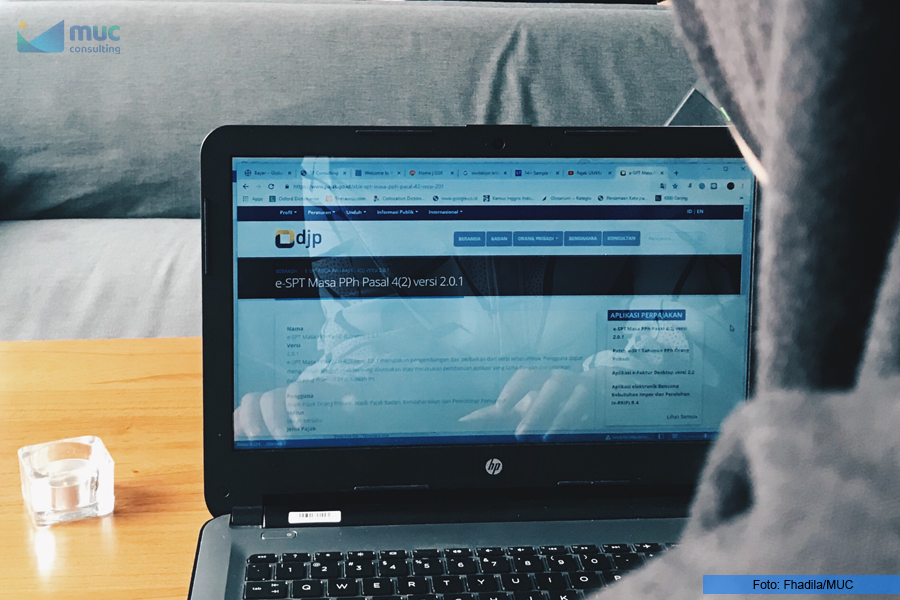Understanding the Mechanism of Making Unification of Periodic Income Tax Return

The Directorate General of Taxes (DGT) simplifies the mechanism for withholding and making periodic tax returns (SPT Masa) for various types of income tax (PPh) in a single format.
This simplification is called the procedures for filling and submitting unification of periodic income tax return, which consists of Income Tax Article (ITA) 4, Article 15, ITA 22, ITA 23 and ITA 26.
In short, Unification of Periodic Income Tax Return is a notification letter used by withholders or collectors of income tax in reporting withholding or collection of several types of income tax in one tax period.
To understand the procedure for making Unification of Income Tax return, please refer to the new provisions related in the Director General of Taxes Regulation Number PER-23 / PJ / 2020, which was issued and came into force on 28 December 2020.
The provision states that the collection/withholding and submission of unification of periodic income tax return can use an electronic form via the e-Bupot (electronic withholding tax receipt) application, or use a hard copy.
Read: E-Bupot Usage Regulation is Expanded
To be able to use the e-Bupot application, the unification of income tax collector must have an electronic certificate.
While using paper forms, taxpayers can use the form format as available in the attachment to the rule.
Criteria
The collection and submission of periodic income tax returns can only be done for taxpayers who meet the criteria, such as the maximum amount of tax withholding slip of 20 with a tax base value of not more than IDR 100 million per tax withholding slip.
If the collection or submission of unification of income tax returns is done electronically, there are several additional criteria that must be fulfilled. The additional criteria include, first, the taxpayer makes the unification of tax withholding slip for the object of Income Tax Article 4 on deposit or savings interest, discount of Bank Indonesia certificate, demand deposit and share sales transactions.
Second, has submitted an electronic periodic tax return and the third is registered at the tax office within the Large Taxpayers Regional Office, tax office within the Special Jakarta Regional Tax Office, and Medium Tax Office.
Read: Electronic Signature is Legally Used in an Objection Letter via e-Filing
The unification of periodic income tax return consists of various types of documents such as master document of periodic income tax return, a detailed list of self-paid income tax, a list of objects of withholding or collection of other parties' income tax, a list of evidence of withholding or collection of unification along with a list of tax payment slip, state revenue slip and overbooking slip.
While some of the information that must be available in the unification of periodic income tax return includes:
- Tax Period and Tax Year
- The tax return status is normal or amended
- The identity of the Income Tax Withholder/Collector
- Type of Income Tax
- The tax base amount
- The total value of income tax withheld, collected, borne by the government, and/or self-paid income tax;
- The total amount of income tax
- The total amount of income tax paid in the amended tax return
- The amount of income tax that is underpaid or overpaid due to amendment
- Name and signature of the Income Tax Withholder / Collector or proxy
- The date of the Unification of periodic income tax return is made
Tax Amendment Mechanism
Taxpayers can make corrections to the unification of periodic income tax return if there are errors when filling out the tax withholding slip, and there is a return transaction or transaction cancellation.
Correction can be made by the taxpayer making additional tax withholding slip for tax objects that have not been reported. The tax withholding slip is then submitted in the amendment of the unification of periodic income tax return.
However, the amendment can only be done if the DGT has not conducted the preliminary evidence examination on the type of tax and the period being corrected.


